Turkey's Best Numbered Prosthetic Clinic
Our Services

Prosthetic Leg
A prosthetic leg is an artificial limb that is applied to people who have lost their limb for various reasons or who are born without a limb and returns individuals back to their active lives.

Prosthetic Arm
Arm prosthesis is a type of prosthesis applied to people who have lost an arm or part of their arm or hand due to birth, work accident or various reasons.

Silicone Limb Prostheses
Silicone prostheses are generally cosmetic products. Silicone prostheses provide the appearance of a real limb 95% of the time. They can be applied to complete or partial losses in the hand and foot areas.

Orthoses
Orthotics are custom-made devices to prevent or treat permanent or temporary deformities in individuals due to congenital or acquired causes.
Why Provital
We meet you free of charge from the airport with our VIP vehicle and take you to your hotel.
We transport you free of charge between the hotel and the clinic with our VIP vehicle during your entire treatment.
We carry out your treatment in a well-equipped clinic and with our experienced prosthesis specialists.
In our clinic, we have specialists who can make you feel at home and provide psychological support.
We take special care of you with our large expert staff and fulfill all your wishes.

WE ARE AT YOUR SERVICE WITH OUR EXPERT STAFF!
You can receive physical therapy training from our team as much as you want during your entire treatment process.
We follow the whole process closely and do not send you back to your country without making you feel comfortable.
And yes, we do all this at much more affordable prices than clinics in many European countries.
When the treatment is over, we take you back to the airport with our VIP vehicles.
Even when you go to your country, we keep in touch with you.
We offer you the opportunity to get all kinds of information by calling us 24/7 so that you can reach us before or after treatment.
Facilities We Provide During the Service Process




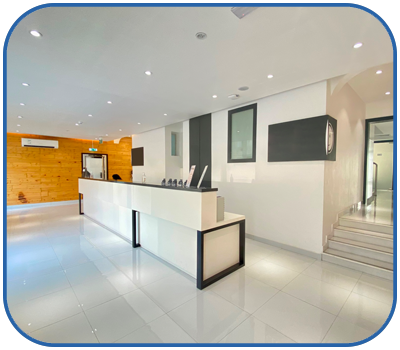
Those Who Prefer Us

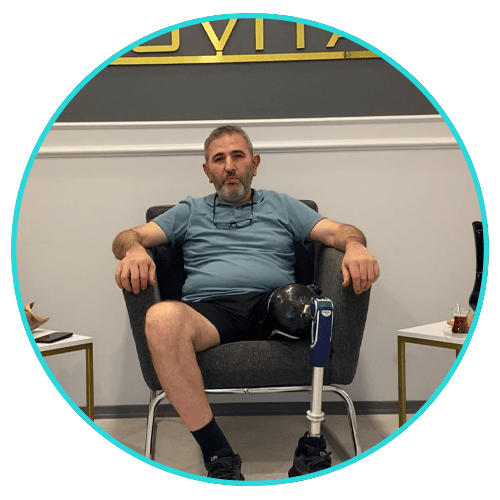
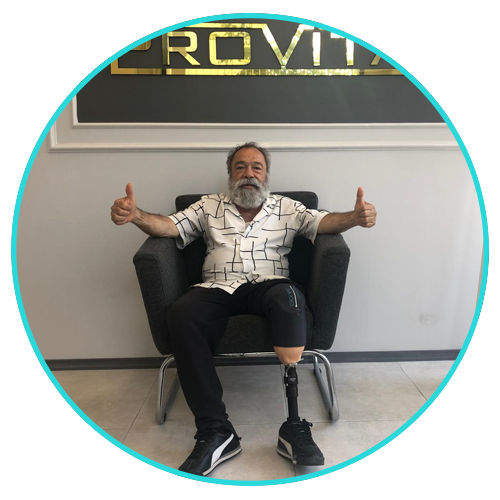
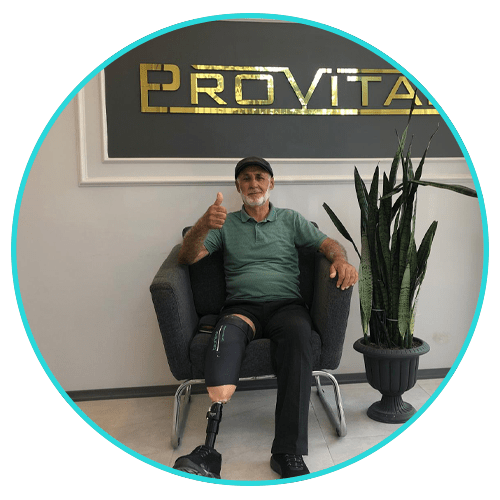

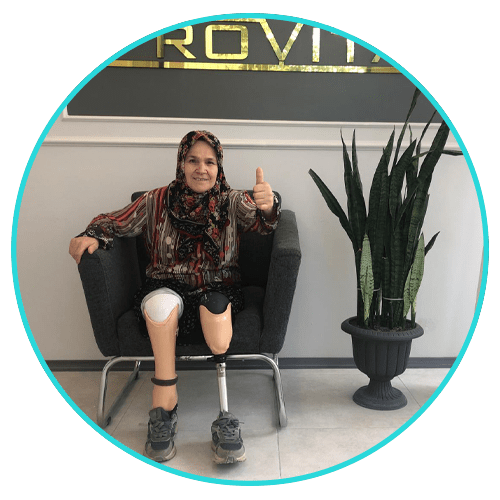

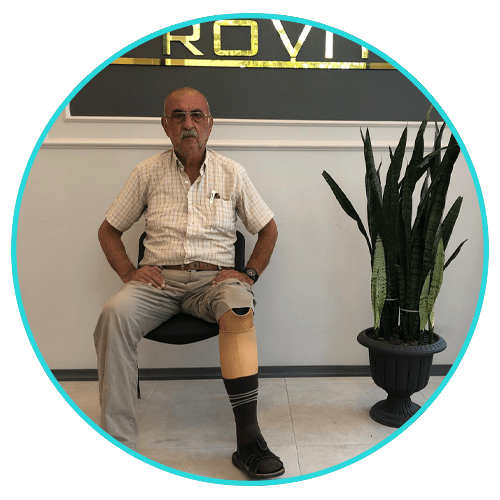
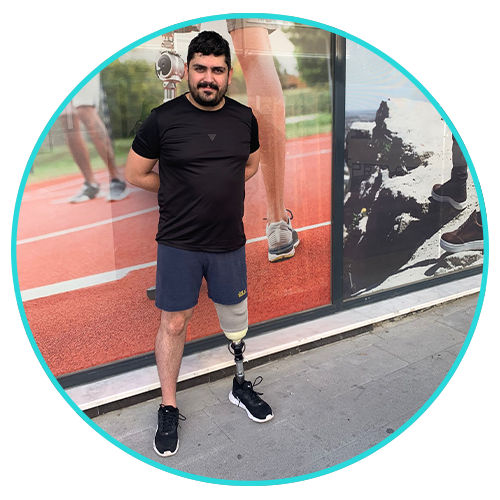
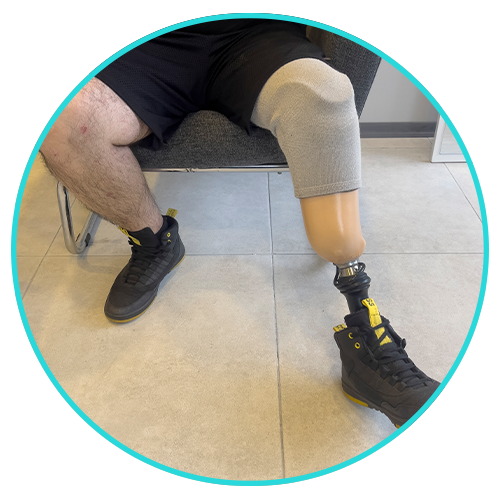
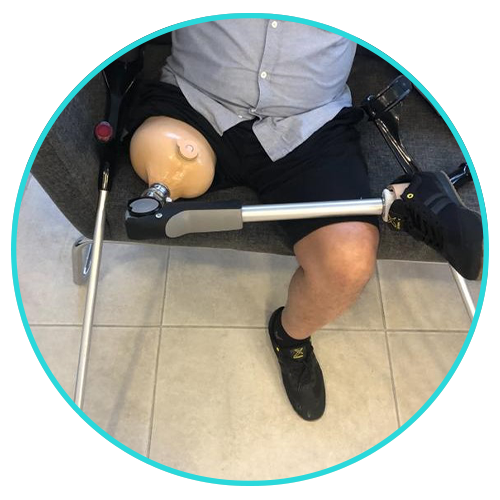

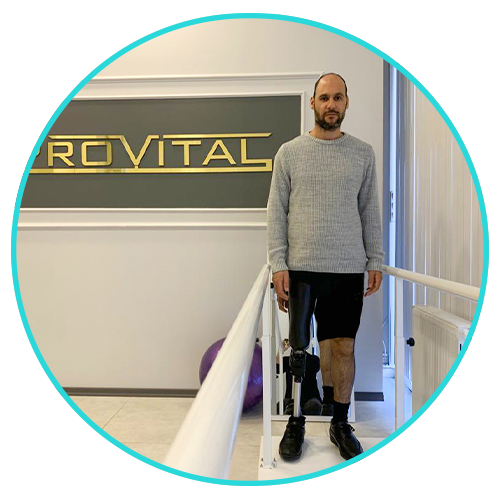
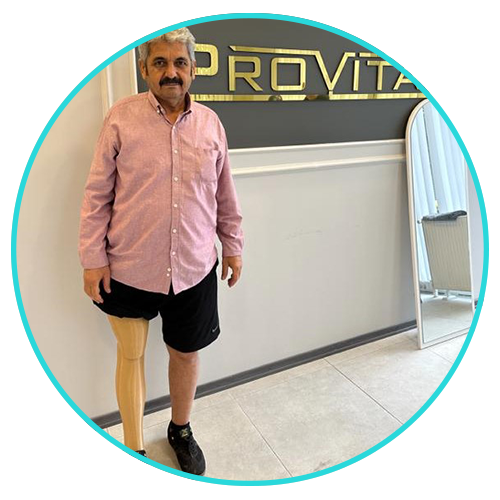

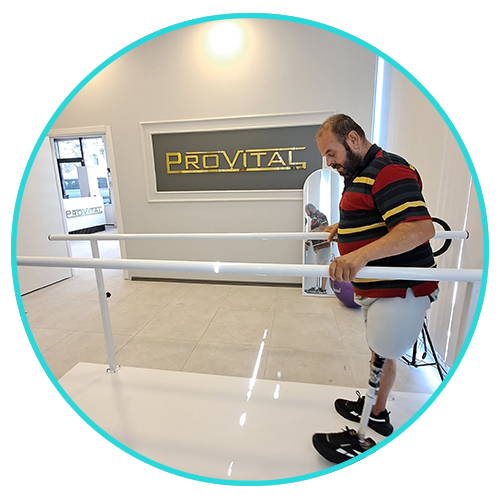

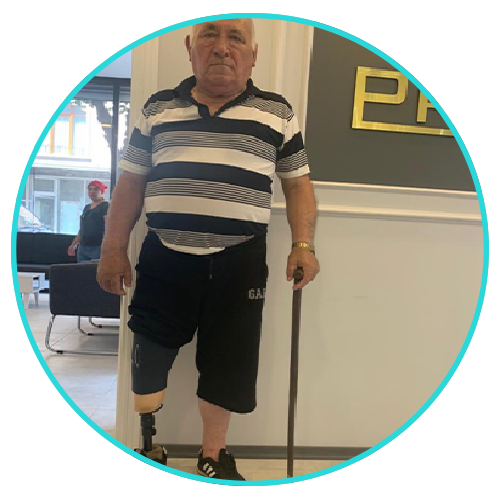

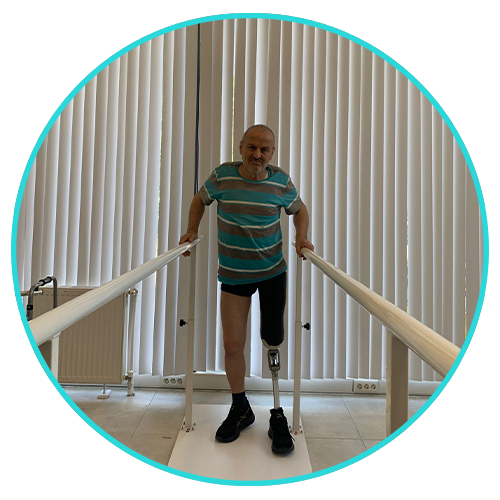
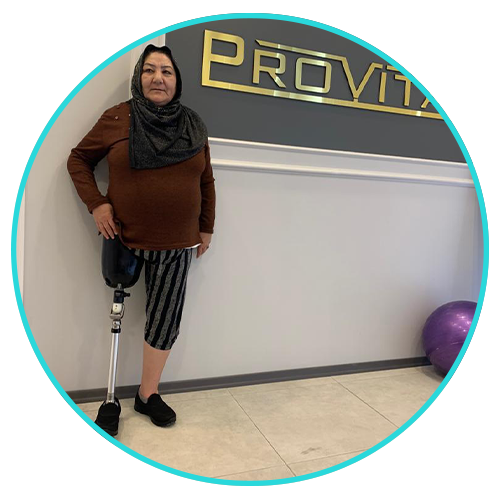

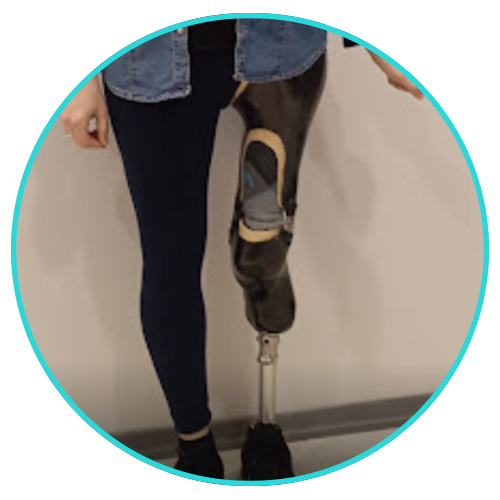
What did the patients who received our treatment say about us?

 Ertugrul Gezer2024-09-04Yaptığımız araştirmalar sonucunda tanıstık babam iki bacağını kaybetmesine rağmen güzel bir şekilde yürümeye başladı fiyat konusunda yardımcı oldular kendilerine teşekkür ederim
Ertugrul Gezer2024-09-04Yaptığımız araştirmalar sonucunda tanıstık babam iki bacağını kaybetmesine rağmen güzel bir şekilde yürümeye başladı fiyat konusunda yardımcı oldular kendilerine teşekkür ederim Meliha Şen2024-08-12Protezimi bu merkezde yaptırdım prova soketı yapıldı bugun kalıcı soketımı aldım cok memnunum ekibe sonsuz teşekkürler
Meliha Şen2024-08-12Protezimi bu merkezde yaptırdım prova soketı yapıldı bugun kalıcı soketımı aldım cok memnunum ekibe sonsuz teşekkürler Murat Ceylan2024-08-10İnternet üzerinden tanıştığımız provital klinikle çok güzel zamanlar geçirdik artık yürüyorum ailecek çok mutluyuz bu kadar ilgi ve ugraşla alakalı sonsuz teşekkürlerimi sunuyorum başına böyle şeyler gelen kişilere mutlaka tavsiye ediyorum
Murat Ceylan2024-08-10İnternet üzerinden tanıştığımız provital klinikle çok güzel zamanlar geçirdik artık yürüyorum ailecek çok mutluyuz bu kadar ilgi ve ugraşla alakalı sonsuz teşekkürlerimi sunuyorum başına böyle şeyler gelen kişilere mutlaka tavsiye ediyorum Eminerto Kara2024-08-04Sakaryadan geldim soketımı yaptılar çok memnun kaldım kesinlikle tavsiye ederim
Eminerto Kara2024-08-04Sakaryadan geldim soketımı yaptılar çok memnun kaldım kesinlikle tavsiye ederim Fatih Dinc2024-08-02Kendılerine çok teşekkür ederim sağlıklı yürüyüşüme karbon afo sayesınde kavuştum çok ilgilendiler akşam geç geldik sabırla beklediler çok teşekkürler
Fatih Dinc2024-08-02Kendılerine çok teşekkür ederim sağlıklı yürüyüşüme karbon afo sayesınde kavuştum çok ilgilendiler akşam geç geldik sabırla beklediler çok teşekkürler Eyüp Halil2024-08-02İlgi ala ka kaliteli hizmet için çok teşekkür ederim..
Eyüp Halil2024-08-02İlgi ala ka kaliteli hizmet için çok teşekkür ederim.. Ramazan Erkun2024-07-27İlgi ve emeğiniz için teşekkür ederim güzel bir ekip çalışmanızla amputeli babam tekrardan ayağına Sorunsuz kavuştu yürüyor çok şükür teşekkür ederim herkese tavsiyeler dilerim #provital protez
Ramazan Erkun2024-07-27İlgi ve emeğiniz için teşekkür ederim güzel bir ekip çalışmanızla amputeli babam tekrardan ayağına Sorunsuz kavuştu yürüyor çok şükür teşekkür ederim herkese tavsiyeler dilerim #provital protez Mustafa Güzel2024-07-27Eşim ve ben. Bu gördüğünüz yeri internet sitesinde bul dum ve çok memnunum kadim. Sizlerede tavsiye ederim. Teşekkürler
Mustafa Güzel2024-07-27Eşim ve ben. Bu gördüğünüz yeri internet sitesinde bul dum ve çok memnunum kadim. Sizlerede tavsiye ederim. Teşekkürler Erman Özkaplan2024-07-278 ay önce ampute oldum yaptıgım araştırmalar sonucu provital protez ile tanıştım hizmetlerınden cok memnun kaldım herkese tavsıye ederım ilgi ve alakalı için cok tesekkur ederim
Erman Özkaplan2024-07-278 ay önce ampute oldum yaptıgım araştırmalar sonucu provital protez ile tanıştım hizmetlerınden cok memnun kaldım herkese tavsıye ederım ilgi ve alakalı için cok tesekkur ederim Ayşe Teke2024-07-22Çok memnun kaldım ilgili Güler yüzlü yaptıkları ürünün arkasında duran bir firma tavsiye ederim
Ayşe Teke2024-07-22Çok memnun kaldım ilgili Güler yüzlü yaptıkları ürünün arkasında duran bir firma tavsiye ederim
Our Business Partners



